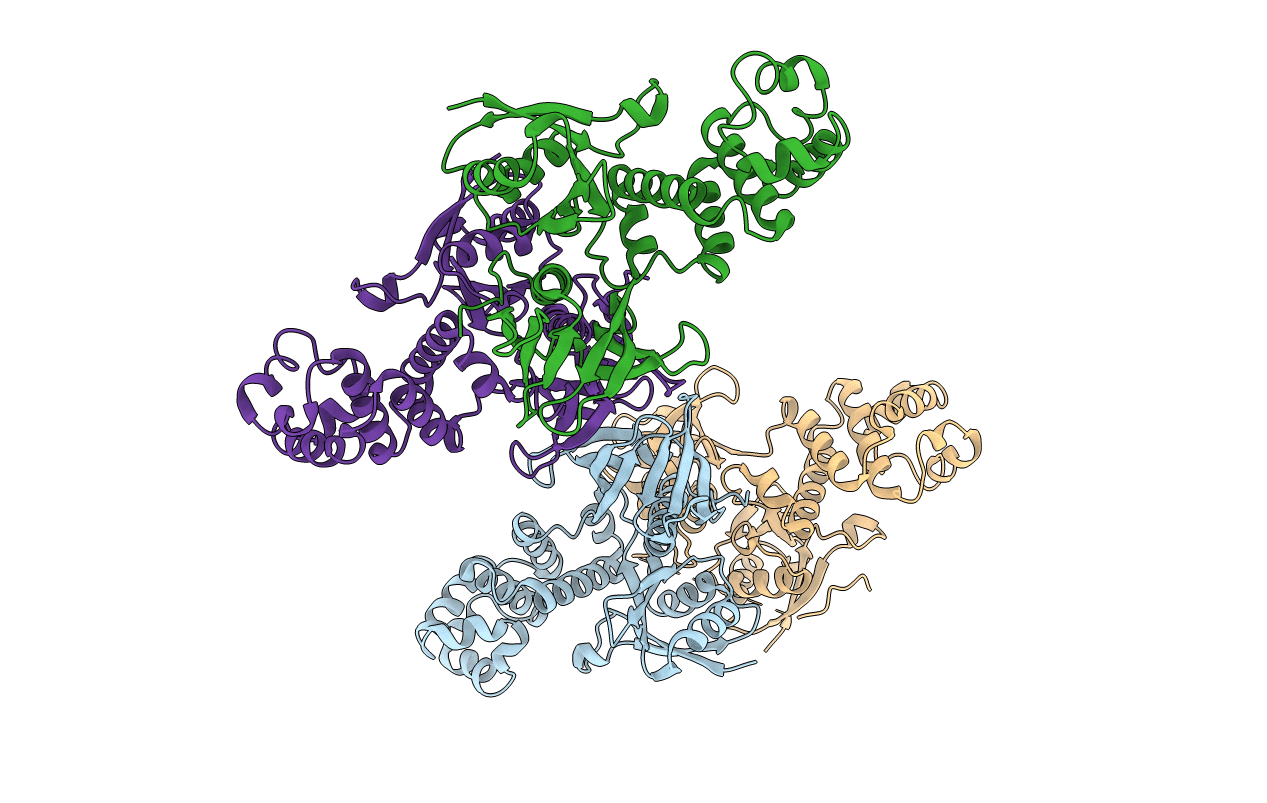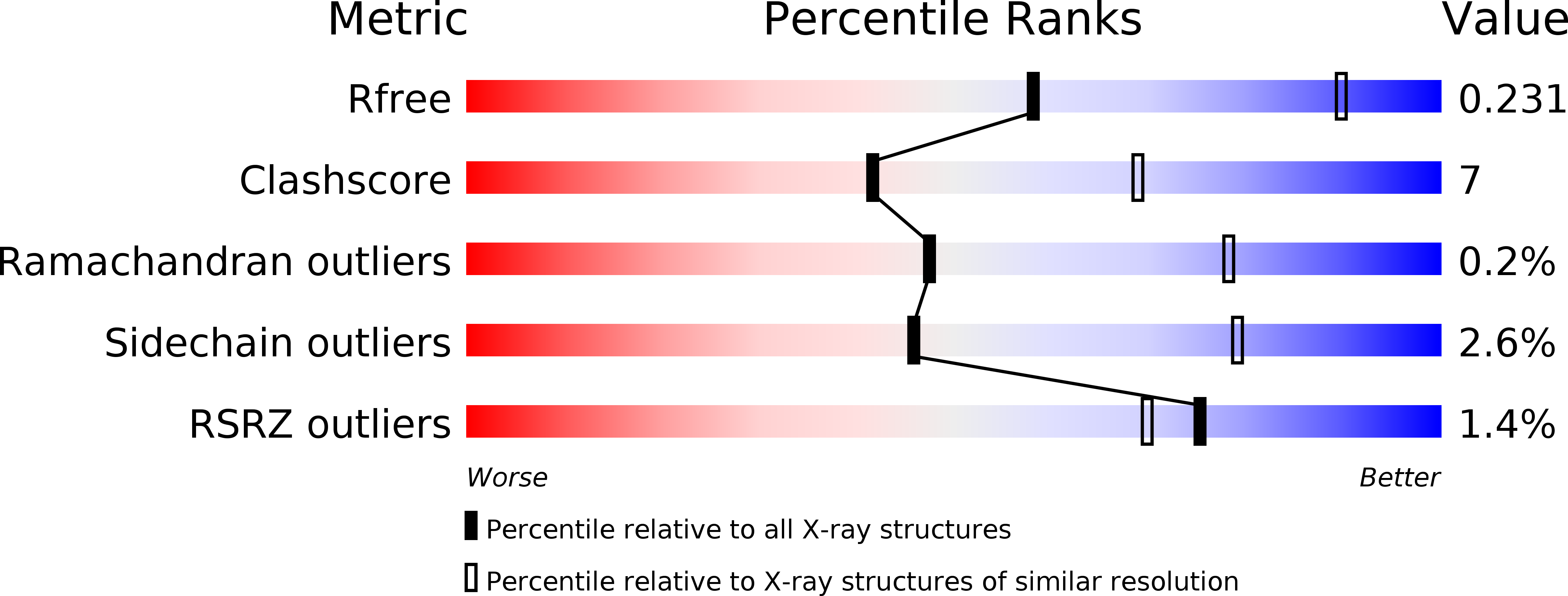
Deposition Date
2013-12-10
Release Date
2014-03-12
Last Version Date
2024-03-20
Entry Detail
PDB ID:
4NY0
Keywords:
Title:
Crystal structure of FERM domain of human focal adhesion kinase
Biological Source:
Source Organism:
Homo sapiens (Taxon ID: 9606)
Host Organism:
Method Details:
Experimental Method:
Resolution:
2.80 Å
R-Value Free:
0.23
R-Value Work:
0.19
R-Value Observed:
0.19
Space Group:
P 1 21 1


